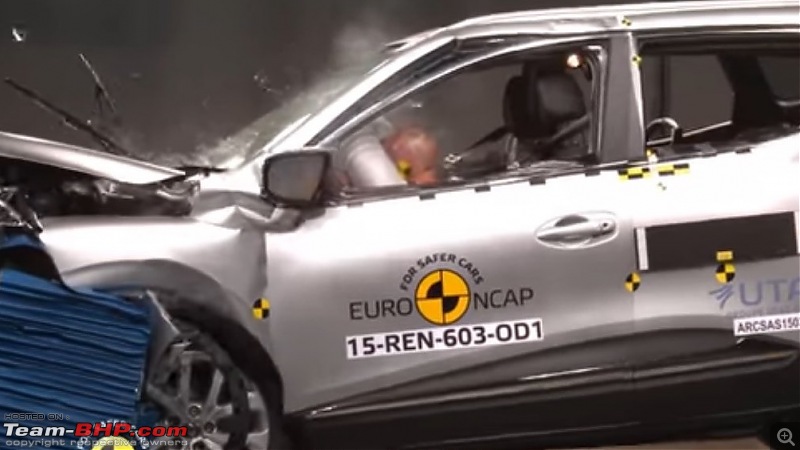| | #16 |
| Senior - BHPian Join Date: Nov 2019 Location: India
Posts: 1,560
Thanked: 8,122 Times
| |
| |  (1)
Thanks (1)
Thanks
|
| |
| | #17 |
| BANNED Join Date: Nov 2021 Location: Chennai
Posts: 12
Thanked: 23 Times
| |
| |
| | #18 |
| Senior - BHPian Join Date: Feb 2013 Location: India
Posts: 1,798
Thanked: 6,810 Times
| |
| |  (1)
Thanks (1)
Thanks
|
| | #19 |
| BHPian | |
| |
| | #20 |
| Senior - BHPian Join Date: Nov 2019 Location: India
Posts: 1,560
Thanked: 8,122 Times
| |
| |  (4)
Thanks (4)
Thanks
|
| | #21 |
| BHPian Join Date: Nov 2011 Location: India
Posts: 976
Thanked: 2,393 Times
| |
| |  (1)
Thanks (1)
Thanks
|
| | #22 |
| Senior - BHPian Join Date: Nov 2019 Location: India
Posts: 1,560
Thanked: 8,122 Times
| |
| |  (2)
Thanks (2)
Thanks
|
 |
Most Viewed













